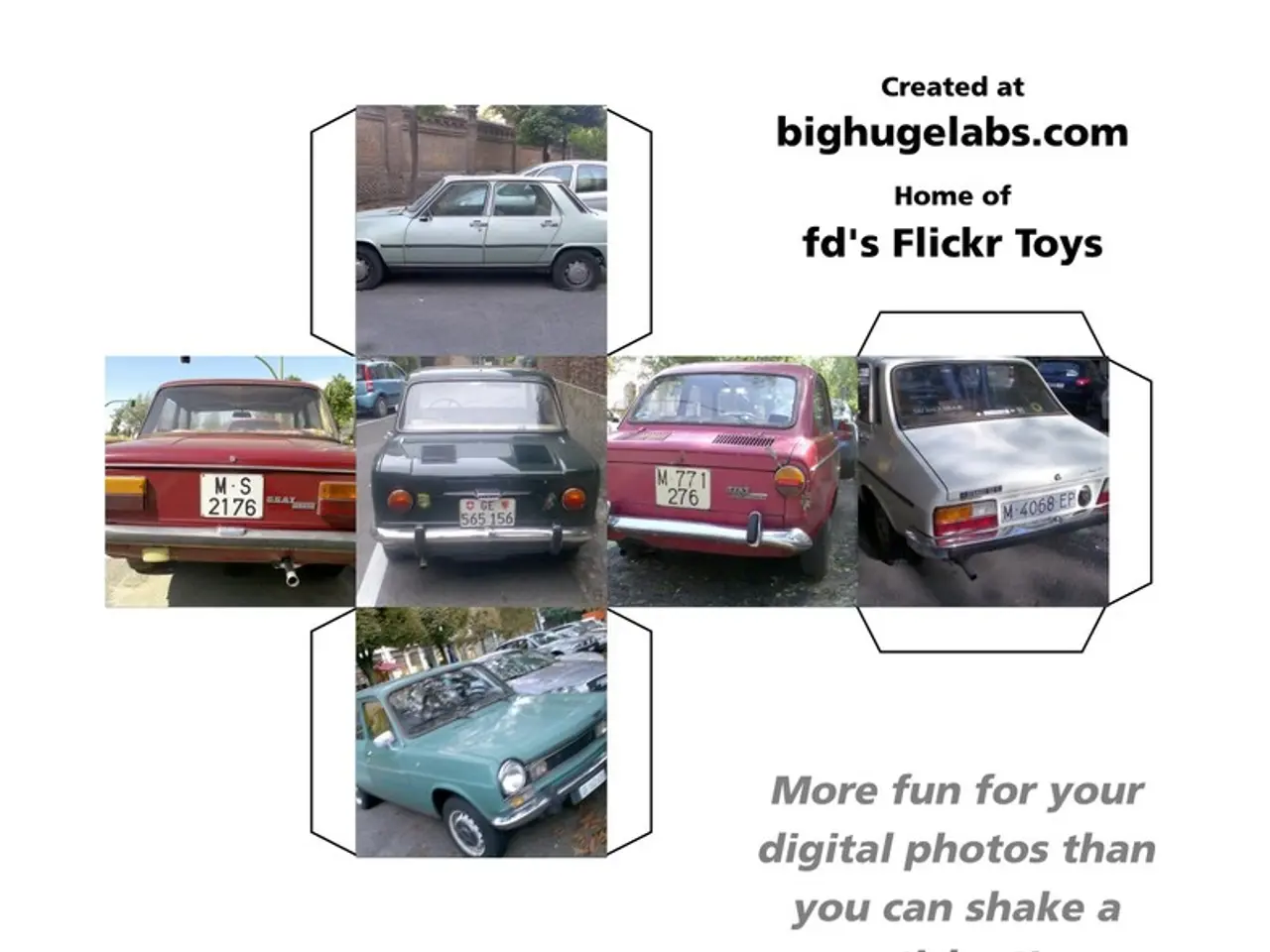Expanding Automotive Electronics Market in India Expected to Top $18 Billion by 2027: Study
The Indian automotive electronics market is poised for significant growth, with projections indicating it could reach a staggering $18 billion by 2027. This growth is expected to occur at a Compound Annual Growth Rate (CAGR) of 17%.
However, the overall automotive sales in the country took a hit in 2020 due to the pandemic, with a 26% decline. Despite this setback, the future of automotive electronics remains bright.
Currently, telematics penetration in India lags behind global standards. However, the market's growth is attributed to the rising usage of telematics control units (TCU), infotainment, on-board diagnostics (OBD), electronic control units (ECU), and anti-lock braking systems (ABS) in passenger vehicles.
In the premium segment of cars in India, head-up display (HUD), blind-spot monitoring system, auto-dimming mirror, advanced driver assistance systems (ADAS), and automatic transmission features are now mainstream.
Key players in the development and sales of automotive electronics in India include major companies such as Toyota (focusing on affordable hybrid vehicles), Suzuki (in collaboration with Toyota), Bosch, Continental AG, and Denso Corporation (key players in automotive sensors). Forvia Hella, which develops advanced automotive electronics with production support in Pune, India, is also a significant player.
The growth of the market is also driven by rising income levels and increasing customer preference for in-vehicle digital experiences. Rising awareness about advanced safety and communication services, coupled with more embedded connectivity service offerings by automakers, will further drive the growth of the market.
The Indian two-wheeler market is also expected to see a growing adoption of automotive electronics. In 2020, electric vehicle (EV) penetration in the two-wheeler segment was just 1%, but this is estimated to climb to 15% by 2027.
The electronics market in the commercial vehicle segment is projected to cross $530 million by 2027 due to the rising adoption of telematics and other new technologies like exhaust gas recirculation (EGR), selective catalytic reduction (SCR), and on-board diagnostics II (OBD II).
By 2027, the average electronic component cost per passenger vehicle is projected to reach nearly Rs 200,000 ($2,685). It's worth noting that passenger vehicles are expected to capture nearly two-thirds of the Indian automotive electronics market.
The next six years, through 2027, are expected to see a strong boost in automotive sales, with passenger vehicles leading the charge in the electronics market. The growth of the Indian automotive electronics market is not impacted by any specific advertisements mentioned in this article.
Read also:
- Tesla is reportedly staying away from the solid-state battery trend, as suggested by indications from CATL and Panasonic.
- Tesla's 37th week update: Stock remains steady, potential successor for Musk, unveiling of new megapack, fuel reveal delayed until IAA event
- Lieutenant Governor Kounalakis joins SoCalGas in unveiling the novel H2 Hydrogen Innovation Experience, a one-of-a-kind demonstration.
- Review of the 2025 Lamborghini Revuelto: Blazing Beasts on Wheels






